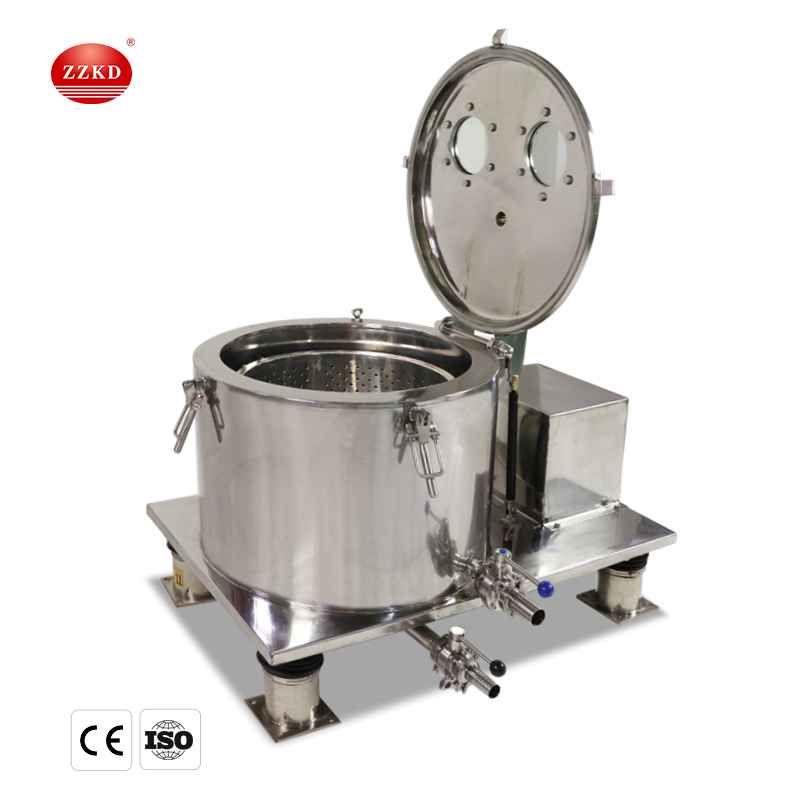What is the principle of centrifuge
Stainless steel centrifuge is a conventional laboratory centrifuge, widely used in biology, chemistry, medicine and other scientific research and education and production departments, suitable for rapid separation and synthesis of trace samples.
The principle of the centrifuge is to use the strong centrifugal force generated by the high-speed rotation of the centrifuge rotor to accelerate the sedimentation speed of the particles in the liquid, and separate the substances with different sedimentation coefficients and buoyancy densities in the sample.
In the process of high-speed rotation of the centrifuge, the movement caused by the centrifugal force causes the solid matter suspended in the liquid to form a sediment, that is, the mass or volume of the object in the suspension liquid moves to the direction with the largest radius of the rotor, and the mass or The smaller volume is deposited near the radius of the rotor.
When the suspension containing fine particles stands still, the suspended particles gradually sink due to the action of the gravitational field. The heavier the particle, the faster it sinks, otherwise the particle with a density smaller than that of the liquid will float up. The speed of particles moving in the gravitational field is related to the size, shape and density of the particles, and also related to the strength of the gravitational field and the viscosity of the liquid. Particles the size of red blood cells with a diameter of a few microns can be observed under normal gravity.
In addition, when the substance settles in the medium, there is also a diffusion phenomenon. Diffusion is unconditional. Diffusion is inversely proportional to the mass of the substance, the smaller the particle, the more serious the diffusion. The settlement is relative, conditional, and can only be moved by external forces. The sedimentation is proportional to the weight of the object, the larger the particle, the faster the sedimentation. For particles smaller than a few microns, such as viruses or proteins, they form a colloidal or semi-colloid state in the solution, and it is impossible to observe the sedimentation process only by gravity. Because the smaller the particles, the slower the sedimentation, and the more serious the diffusion phenomenon. Therefore, it is necessary to use a centrifuge to generate a strong centrifugal force to force these particles to overcome the diffusion and produce a settling motion.
The centrifuge is a machine that separates solid-liquid, liquid-liquid, or solid-liquid or liquid-liquid separation under the action of centrifugal force. The rotor (rotating drum) is the main part of the centrifuge, which is installed on a high-speed rotating vertical or horizontal shaft. Separation is achieved under the action of centrifugal force and can be used for separation operations of centrifugal filtration and centrifugal sedimentation. The separation factor is the main indicator of the separation performance of the centrifuge. It is the ratio of the centrifugal force to the gravity of the material, which is equal to the ratio of the centrifugal acceleration to the gravitational acceleration.


